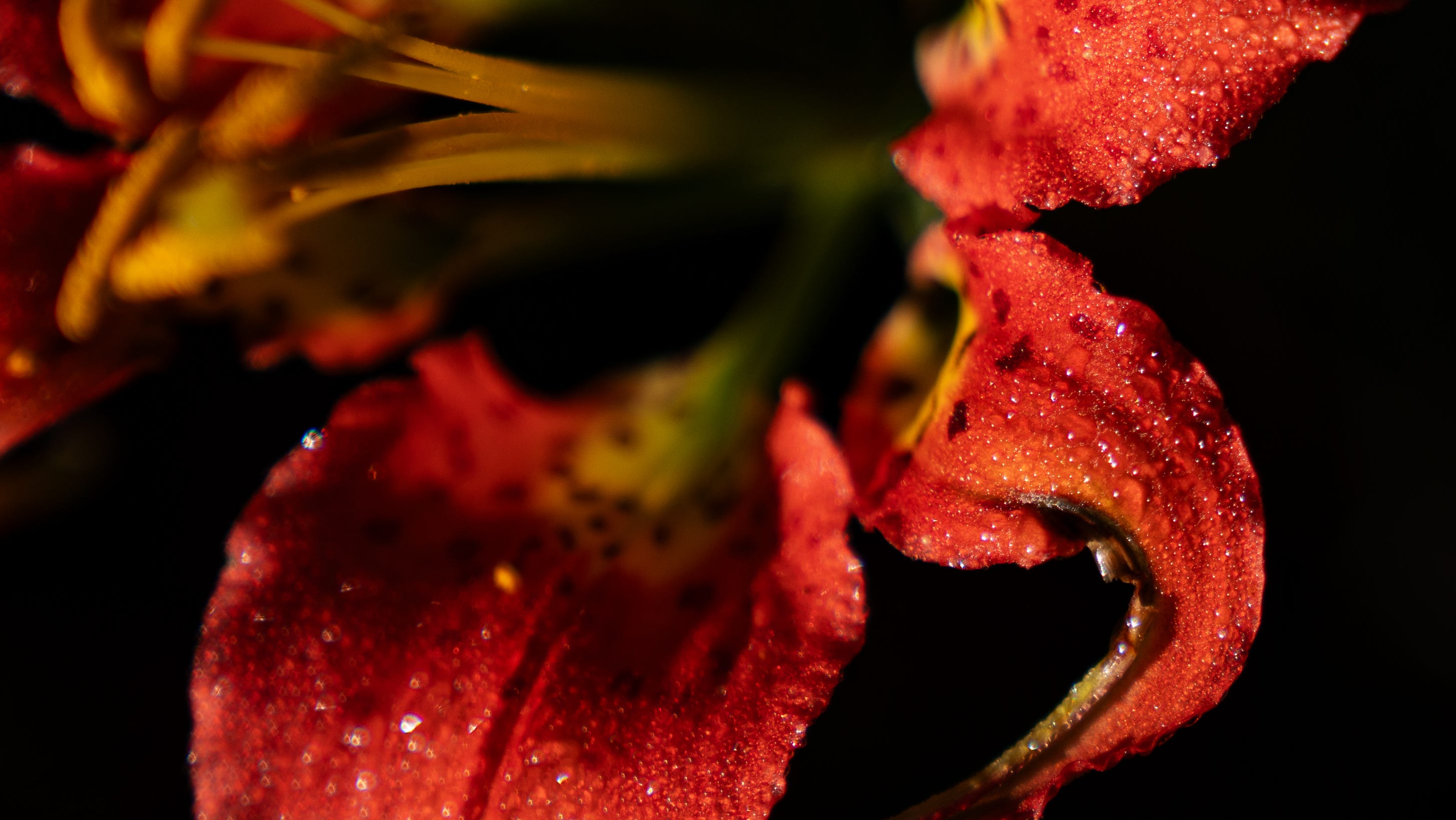
Pine lily’s are blooming in Southwest Florida this time of year
A vibrant red wild flower is lighting up some Southwest Florida swamps. Pine Lily’s are blooming this time of year
Despite high temperatures, subtle seasonal changes mark the arrival of fall in south Florida.The return of nesting bald eagles is one of the most prominent signs of the season.
The seasonal changes in extreme south Florida are subtle, almost like the sound a butterfly makes when it lands on a flower petal.
It often feels like there are really only two seasonal changes: a long, rainy summer followed by an epic dry spell that runs from late fall until the start of the following summer.
But there are seasonal changes here, clues that fall has arrived.
No, it’s not that brisk breeze on a chilly morning. Although fall arrived days ago, daily highs will remain in the upper 80s, or higher, for the next six weeks or so.
The changes happen to the trees, plans and critters that flourish and can be found here between now and the end of the calendar year.
Here are seven signs that fall is here:
The most striking sign that fall is here is easily the return of the bald eagles for nesting season.
There are about 90 pairs of bald eagles documented in Lee County, and of course we have the famous breeding pair on the Southwest Florida Eagle Cam in North Fort Myers.
Bald eagles return to Southwest Florida in the fall, where they gather with their mate and other eagles.
Two to three eggs will be laid later this year, with birds hatching between Christmas and New Year’s Eve.
Bald eagles are of course this nation’s symbol, and Florida has one of the most dense eagle populations in the lower 48 states.
Kingfishers and white pelicans embrace the season here
Belted kingfishers may not be as grand or glorious as the bald eagle, but a fall sighting is nevertheless a treat.
They’re native to Florida and common throughout most of the mainland United States. But they’re largely seasonal visitors here, and they can often be found hunting freshwater rivers, lakes or ponds.
Easily identified due to their massive beaks, belted kingfishers are blue-grey on the head and wings, with a prominent white ring around the neck.
Another seasonal change here is that bald cypress leaves start to turn brown, and in a few months the trees will take on their namesake appearance of being “bald” of leaves.
White pelicans arrive in the fall as well, and their presence looms large. They’re among the largest birds in Noth America, and they have a massive wingspan at 9 feet.
These winter residents fly in large groups in a giant V formation, and they spend much of their time hunting for prey.
Pine lilies now in bloom in Southwest Florida
Unlike the dive-bomb approach brown pelicans take to secure food, white pelicans swim along the surface as a group and snag shrimp and small fish along the way.
The pine lily blooms during fall as well, and it’s one of the most beautiful flowers in the Sunshine State.
The word Florida is actually based on flor, the Spanish word for flower or blossom. The state was dubbed Florida because of the variety and distribution of wildflowers.
Pine lily flowers certainly do their part to earn that wonderful name as they’re among the most colorful flowers here.
Muhly grass is also showing off this time of year as well.
They look kind of like short cattails with a giant lavender bloom at the top, and they can be seen in prairie habitat like areas found in Everglades National Park.
Red maples and robins are highlights in fall
The leaves on red maple trees are also their trademark crimson red in the fall, and they can be seen mixed in with other trees along places like Highway 29 in Collier County or near preserves like Six Mile Cypress Slough.
Robins will migrate through the area soon as well, marking one of south Florida’s classic signs of fall.
Their orange chests are fitting for Florida as that’s one fall color that isn’t very prominent here.
Everglades National Park had this to say about fall changes on Facebook:
“It’s not hard to FALL for the subtropical charm of Everglades this time of year. The park doesn’t put on the flamboyant fall foliage show of northern parks but instead offers hints of classic fall colors alongside the vibrancy of many tropical species,” the post says.
The park named red maples, muhly grass and bald cypress as some of the features of fall found here.
